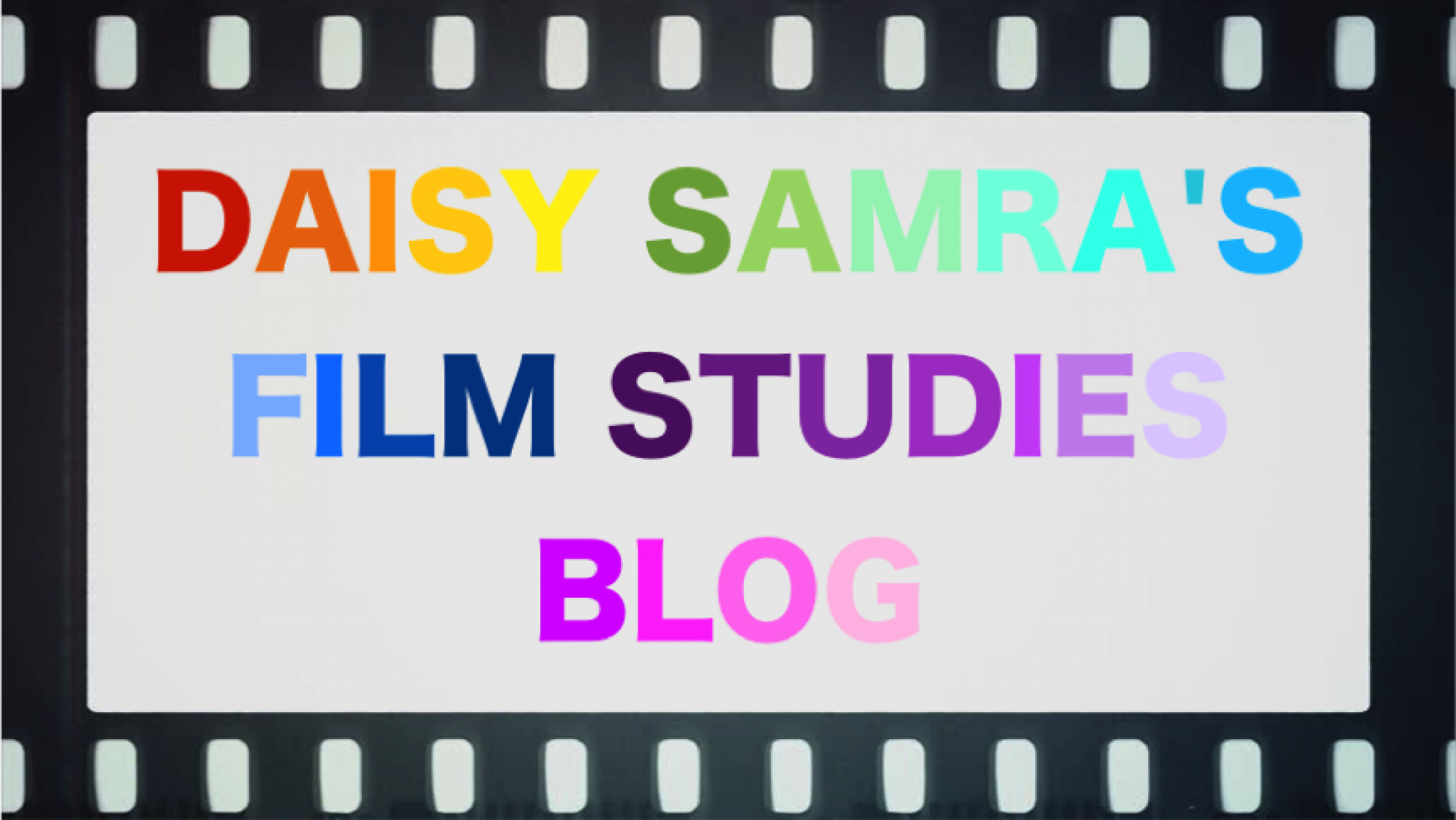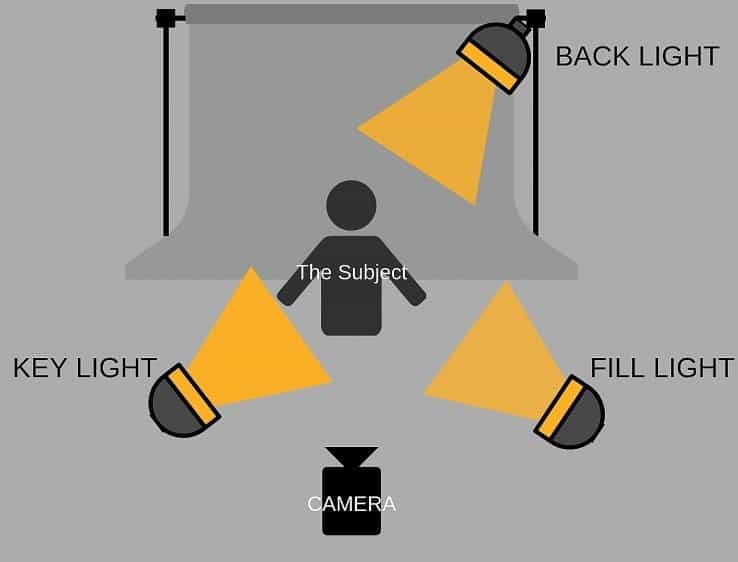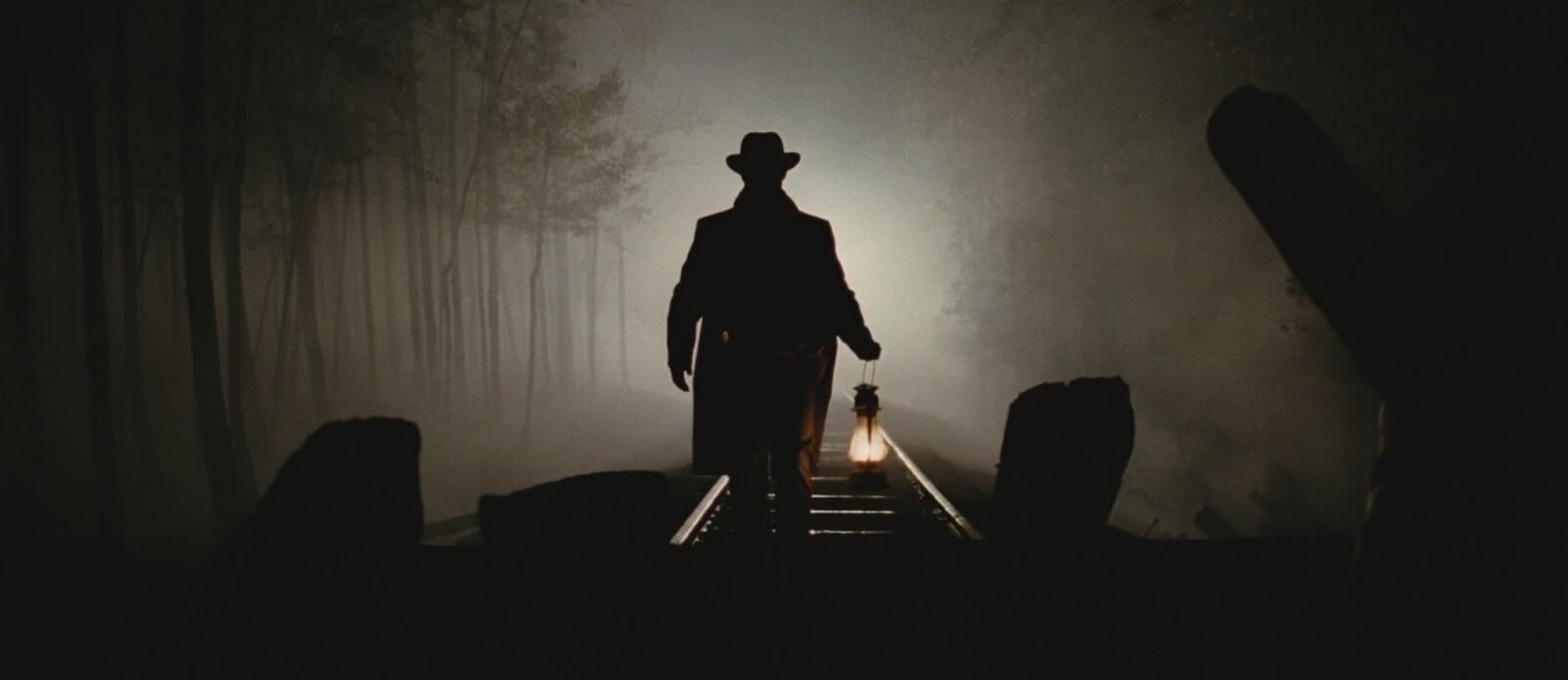For the first half of my film, I need an indoor location to act as a room in Charlotte and Emily’s house, in which they can have an argument. I have decided to use my own living room, as it is easiest and I can rearrange furniture if necessary, without feeling guilty.


Charlotte will pick Emily up after school, so I went to the local primary school to get an exterior shot of where Charlotte will wait.


I also need an outdoor path/road location, which is where Emily and Charlotte will walk along after school and Emily will get hit by the car. Therefore, to film in this location, I need a quiet road and pavement to avoid other pedestrians getting in my shots and any risk to my actors, as I do not want Emily to actually get hit by a car. I walked round my local area to scout out any potential quiet roads that would work. See below some of my options.

It is not very obvious if/where the crossing is in this location, so I don’t like it that much.

I don’t mind this location, but it is very residential and was surprisingly busy, so for practical reasons I don’t think I will choose it.

I like the road lines visible in this one, as it makes it more obviously a road.

The bollards in this are quite good and the pavement stretches out, making the crossing even more obvious, but the road is then quite narrow and doesn’t look very dangerous.

This is the same piece of road and I like the path in the distance, though I’m not sure if I would do a shot from this angle in the actual film.

I like this one because the tactile paving makes it obvious it is a place to cross; however, the road running to the left is a major road and I don’t think it will be safe to film so close to it.
After testing a few different areas, I think I have decided to keep it simple and use a road very close to my house that I know is not very busy and therefore fits my purpose. It is probably most safe, because I know the road extremely well, and the major roads are further away, so any car noises will immediately alert me to the fact that a car is approaching and we can move out of the way, which will keep my actors safe.







I have not quite decided which out of the two crossings to use, as both are suitable and have dropped kerbs either side. I may take photos from both on the day and see which look better, as they are within metres of each other.



























































